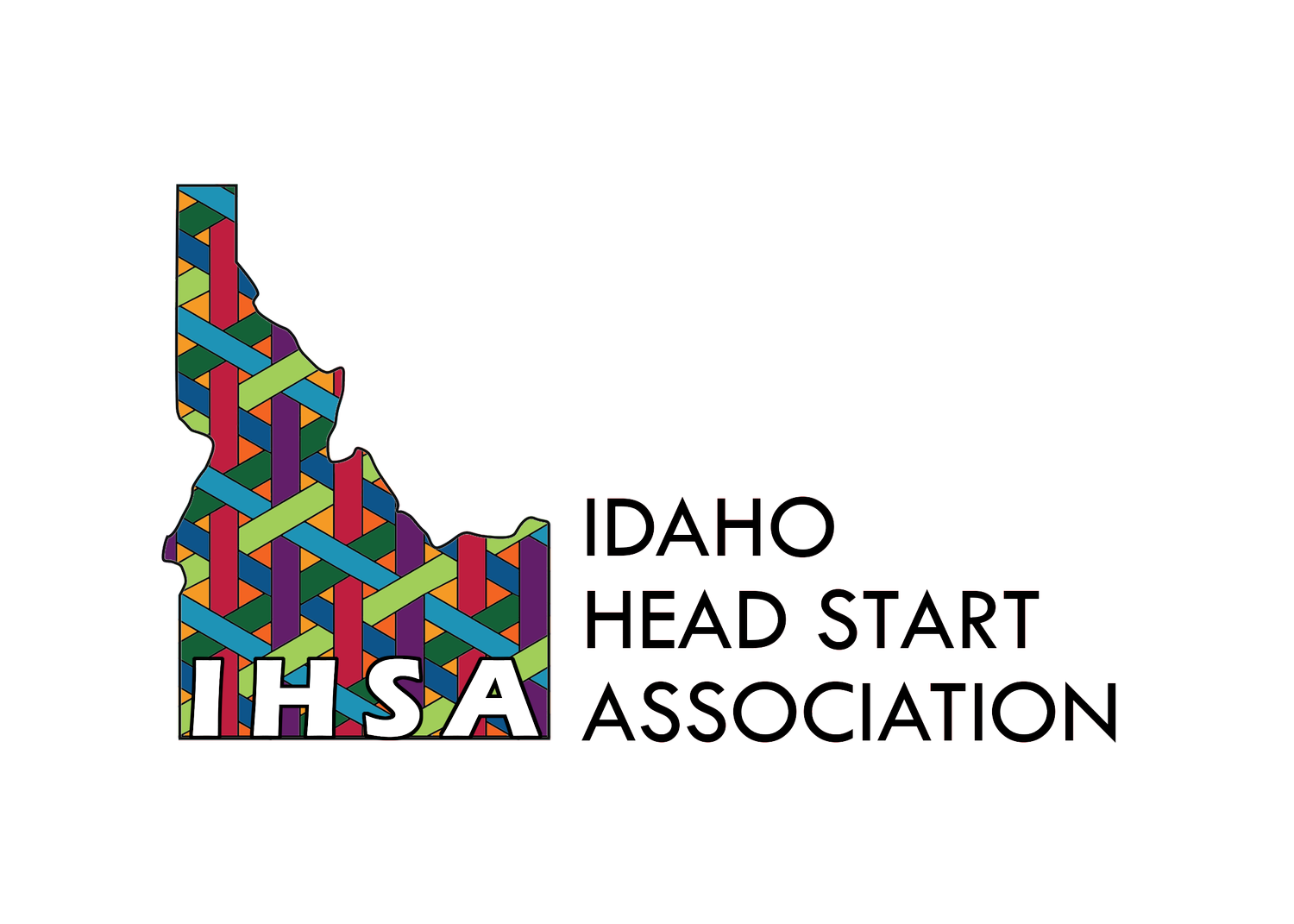By Yasmina Vinci, Executive Director, NHSA
Enrollment in state-funded preschool programs has more than doubled in the past 15 years, but an annual report released today by the National Institute for Early Education Research (NIEER) reveals that one of the defining aspects of Head Start — high-quality standards — is missing from many state-funded preschool programs. What’s more, many of those that are succeeding are doing so in part because of their strong collaboration with Head Start programs and/or because they have aligned their standards with the Head Start Program Performance Standards.
Read between the lines and the message is clear: Head Start is leading the way in demonstrating how to provide consistently high-quality pre-K that improves outcomes for children in kindergarten and beyond.
A Sought-After Partner
Even though Head Start is fundamentally a federal-to-local program in terms of funding, state leaders have sought to partner with Head Start programs within their states in order to increase both the quality of their preschool initiatives and the number of three- and four-year old children they can reach. In fact, one of the states highlighted by the NIEER report, Mississippi, has integrated Head Start into its state pre-K system and most of the state’s Early Learning Collaboratives include Head Start programs and teachers.
In West Virginia — which NIEER dubs one of the “six states to watch” — the report observes that the state has largely achieved the goal of universal pre-K while maintaining high standards through “an unusually strong and well-coordinated collaboration” among education, child care, and Head Start agencies. Far from simply providing another revenue stream for state preschool initiatives, Head Start has played a leadership role in this systemic coordination through the Head Start state collaboration offices, state associations, and local programs.
Recent research has found a wide range of outstanding short-, intermediate-, and long-term child and family outcomes among Head Start participants.
Setting the Bar High
Head Start is also guiding the way for how states can resolve one of the most troubling findings of the report: the lack of consistency from state to state in providing preschool-aged children with the quality classroom experiences they need to get ready for kindergarten. NIEER outlines 10 quality benchmarks in the report and they largely align with the Head Start Program Performance Standards and Early Learning Outcomes Framework — requirements that every Head Start program across the nation must meet. These include standards like ensuring that children receive vision, hearing, and other health screenings and referrals; requiring degrees and credentials for teaching staff; mandating professional development and coaching for both lead and assistant teachers; and implementing a continuous quality improvement system so that information is gathered regularly on processes and outcomes and used to guide program improvements.
It is also telling that many of the states that have expanded their pre-K enrollment over the past 15 years have aligned their quality standards with the Head Start Performance Standards. Clearly, Head Start is a model to which both national experts and state education leaders are turning when looking for best practices in high-quality preschool initiatives.
A Record of Success
One major conclusion missing from the NIEER report is where states stand on achieving the primary goal of their preschool initiatives: creating stronger outcomes for children. On this point, Head Start’s record of success is evident. In fact, in Mississippi — one of the states highlighted in NIEER’s press release about the report — children who had attended Head Start were among the top groups in terms of growth during kindergarten. While it’s true that the vulnerable children Head Start serves often have more ground to make up, the high-quality nature of Head Start’s early learning programs is succeeding at closing the gap.
Greater kindergarten readiness is only part of the picture. Recent research has found a wide range of outstanding short-, intermediate-, and long-term child and family outcomes among Head Start participants. Stronger cognitive, vocabulary, behavioral and social and emotional skills. More parent involvement. Reduced foster care placement rates. Lower rates of grade repetition by 8th grade. Less chronic absenteeism in middle school. Greater high school graduation rates. Increased higher education enrollment and completion rates. Lower incarceration rates. Higher lifetime earnings. These are just a few of the lifelong benefits children are gaining through the Head Start Advantage.
This year’s NIEER report includes a new focus on dual language learners, another population of children that benefits from Head Start’s high-quality services. In fact, about a third of Head Start children are dual language learners. The Head Start Act, Program Performance Standards, and Early Learning Outcomes Framework all require that Head Start programs work to meet the needs of dual language learners. This focus is reaping results. At least one study — a Congressionally-mandated government report — confirms that dual language learners made greater improvements in English vocabulary development after a year of Head Start than did their monolingual peers.
NIEER is to be applauded for taking a hard look at what is working and what is not in state-funded preschool. Head Start is proud to be a leader in our nation’s collaborative effort to provide high-quality, evidence-based early childhood development and education to every young child.
